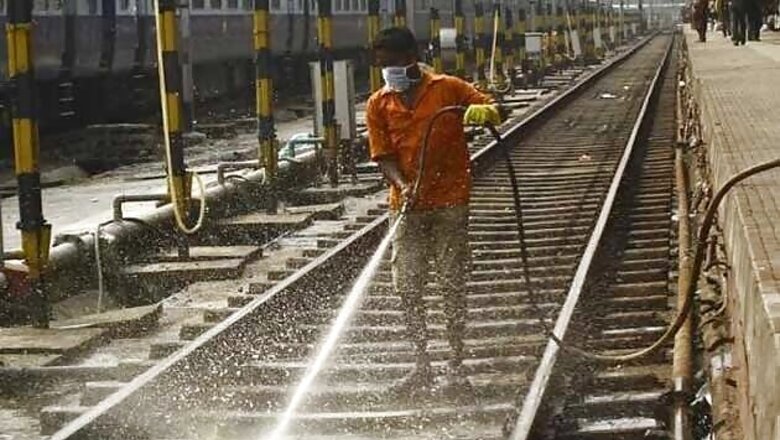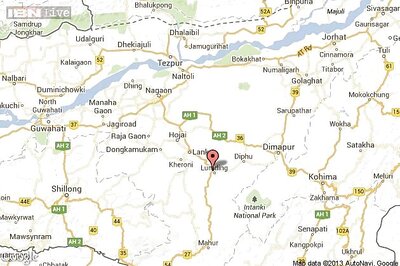
views
New Delhi: India's decrepit state-run train services stand to receive at least a 25 per cent boost in investment to over $9 billion, funded solely by falling fuel costs, according to officials familiar with a railway budget set to be unveiled on Thursday.
The world's fourth largest rail network could get even more if Prime Minister Narendra Modi makes it a priority, as China did during its rapid economic growth over the past two decades.
There are high hopes that his nine-month-old government will plough money into investment in infrastructure needed to haul the economy out of a rut when it presents its first annual federal budget on Saturday.
"The fall in diesel prices and a pick-up in freight earnings have given us a golden chance to raise investments," said one government official.
Falling oil prices have saved billions of dollars in subsidy spending across the economy, but Finance Minister Arun Jaitley is under pressure to prevent the fiscal deficit from busting a target of 3.6 per cent of gross domestic product.
Railway Minister Suresh Prabhu, according to the officials, has factored in savings from cheaper diesel totalling between 120-150 billion rupees ($1.9 billion-$2.4 billion) in the 2015/16 fiscal year, starting on April 1.
But, he has also asked the finance ministry for an extra 200 billion rupees ($3.2 billion) to invest in track and rolling stock upgrades for a network used by some 25 million passenger each day.
He is unlikely to get that much, though one official with knowledge of the budget discussions expected a significant increase in federal funding for the railways.
In 2014/15, 454.5 billion rupees ($7.30 billion) was budgeted for investment in the railway - with the government providing 66 per cent and the rest coming from internal resources.
India's biggest employer
An increase in the budget allocation would go some way to offset disappointment at the lack of private sector interest in investing in railways, after Modi's government in 2014 suggested public-private partnerships for new routes.
As usual in India, lawmakers have made populist calls for the windfall from reduced diesel costs to be used to slash already heavily subsidised fares. But Prabhu is unlikely to pay much heed.
"There is no plan to cut passenger fares," a senior government official said.
At the same time, revenues from freight are expected to increase as the economy improves. Freight heavily subsidises passenger traffic in India, making it more expensive than road transport.
Providing jobs for 1.3 million people, the railway is India's largest single employer, and reform is politically sensitive. Successive governments have backed away from modernization, preferring instead to use the system to provide cheap transport and jobs.
Years of under-investment, however, means services are slow and plagued by frequent accidents.
There are over 300 projects pending that need about 1.8 trillion Indian rupees ($28.91 billion), said the senior official.
But burdened by a rising wage bill and pensions, investment fell to less than 8 per cent of an estimated 1.61 trillion rupees revenue in the current financial year, compared to 25 per cent seven years earlier.



















Comments
0 comment